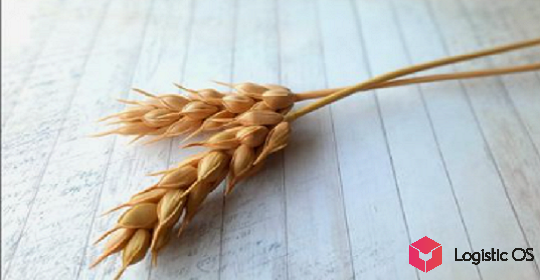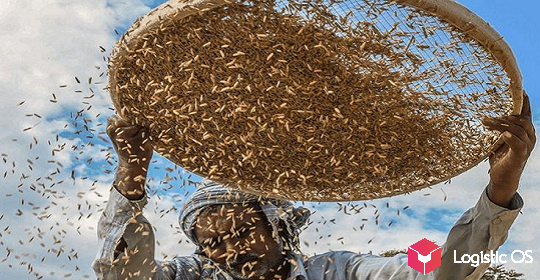According to analysts’ forecasts, the volume of Russian food exports in 2023 could reach up to $43.5 billion.
At the same time, there is a high probability that in 2024 the indicator will remain at the same level, said First Deputy Minister of Agriculture of the Russian Federation Oksana Lut.
According to her, grain is one of the first places in terms of supply volumes. For example, in 2023, Russia supplied about 66 million tons of grain abroad, of which 51 million tons were wheat.
At the same time, Russia managed to maintain leadership in the field of wheat exports; it is still in first place in the world in terms of volumes.
The main items of Russian agroexport are grain, oil and fat products and fish; in total they account for more than 75% of all supplies.
As for grain supplies this year, they could reach up to 70 million tons. First of all, the list of buyers includes friendly countries: the states of the EAEU, the Middle East, Southeast Asia, and North Africa.
What problems does Russian agricultural export have?
Experts note increasingly high production costs.
“Over the past two years, the cost of internal logistics has increased significantly. External logistics are quite volatile and always affect the final price, so it is necessary to take all these factors into account when determining the final cost of grain,” says Lut.
However, in spite of everything, Russian products still remain optimal in terms of price and quality ratio, so they are highly competitive.
Currently, the Ministry of Agriculture is thinking about guaranteeing the necessary volumes of supplies to countries buying agricultural products from the Russian Federation.
Such guarantees can be of great value because they can ensure the food security of countries, and thanks to this it is possible to agree on prices and volumes that are attractive to both parties.
In addition, one has to face problems with regard to calculations. So far, no more than 10% of them are in national currencies.
But in general, the Ministry of Agriculture expects that this year it will be possible to further increase the volume of supplies of agricultural products abroad. One of the drivers for this increase is the high yields that were achieved in 2023.
For example, taking into account new regions, it was possible to collect 147 million tons of grain, of which 96 million tons were wheat.
In total, Russia produces 12.3% of the world’s wheat and 15% of barley, which provides very good opportunities for increasing exports.
The main buyers of Russian agricultural products are Turkey, Kazakhstan, China and Egypt, analysts say.

